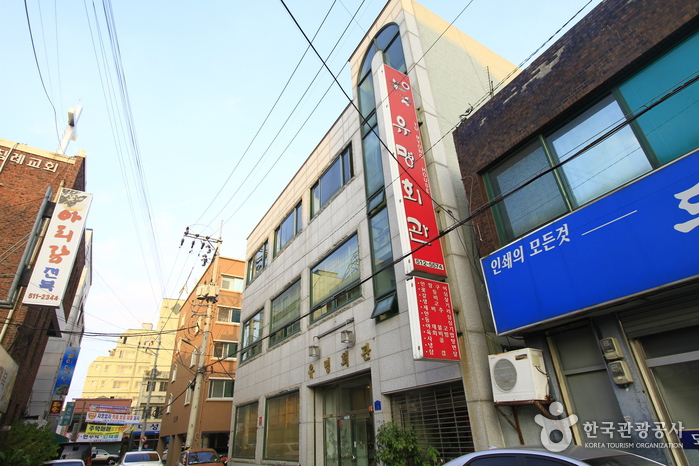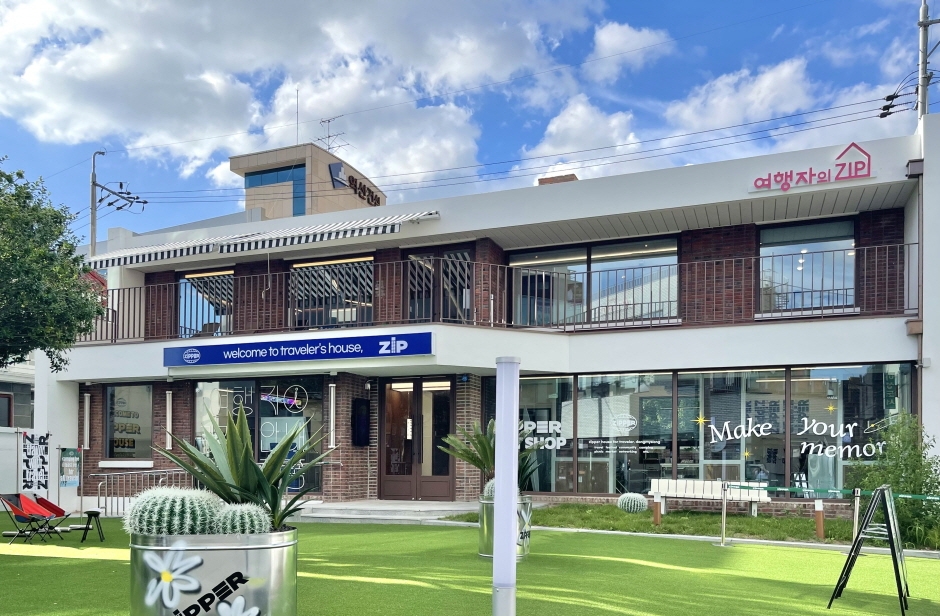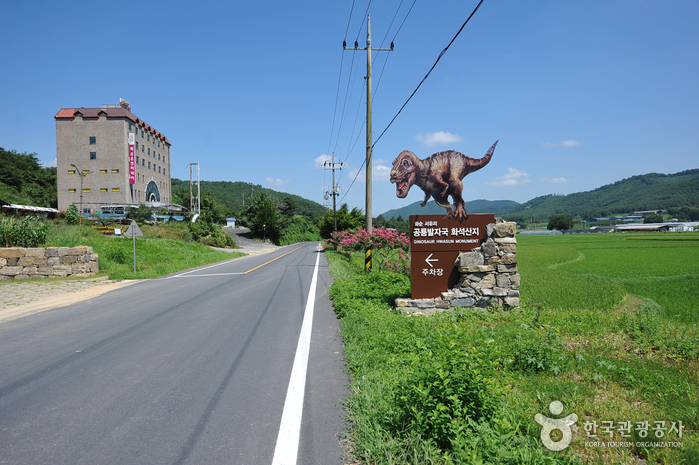Gucci - Lotte Gwangju Branch [Tax Refund Shop] (구찌 롯데 광주점)
18.3Km 2024-04-23
268, Dongnip-ro, Dong-gu, Gwangju
-
BVLGARI - Lotte Gwangju Branch [Tax Refund Shop] (불가리 롯데 광주점)
18.3Km 2024-04-18
268, Dongnip-ro, Dong-gu, Gwangju
-
Burberry - Lotte Gwangju Branch [Tax Refund Shop] (버버리 롯데 광주점)
18.3Km 2024-04-23
1F, 268 Dongnip-ro, Dong-gu, Gwangju
-
Miu Miu - Lotte Gwangju Branch [Tax Refund Shop] (미우미우 롯데 광주점)
18.3Km 2024-04-23
268, Dongnip-ro, Dong-gu, Gwangju
-
Ferragamo - Lotte Gwangju Branch [Tax Refund Shop] (페레가모 롯데 광주점)
18.3Km 2024-04-23
268, Dongnip-ro, Dong-gu, Gwangju
-
Prada - Lotte Gwangju Branch [Tax Refund Shop] (프라다 롯데 광주점)
18.3Km 2024-04-23
1F, 268, Dongnip-ro, Dong-gu, Gwangju
-
Yumyeong Hoegwan (유명회관)
18.3Km 2021-05-14
18, Geumnam-ro 131 Beon-gil, Buk-gu, Gwangju
+82-62-512-5574
Even before the mad cow disease crisis, Yumyeong Hoegwan has only been serving locally-bred hanu beef. The fresh meat, sirloin, and prime ribs are delicious and they also use rice and kimchi made in Korea. The restaurant has a lot of business and group customers, but it is also good for family occasions, wedding receptions, and other social gatherings.
Cheongchun Balsan Village (청춘발산마을)
18.4Km 2024-10-22
12-16 Cheonbyeonjwa-ro, Seo-gu, Gwangju
Balsan Village is a representative neighborhood of Gwangju and is a prime example of how something amazing can come out of something bad. First settled by Korean war refugees, the small houses jam-packed on a hillside attracted young people looking for work in the 1970s and '80s, mainly females working in the garment factories nearby. Recently, the addition of colorful murals and public spaces has given the village a breath of new life.
Zipper House (여행자의 집)
18.5Km 2025-02-04
137-17 Donggyecheon-ro, Dong-gu, Gwangju
Zipper House is a multi-purpose cultural space that provides tourists with tourism information and convenient facilities, hosting various events and programs. The two-story building, adorned by a large red ribbon, features a gift shop selling souvenirs of Gwangju and Dong-gu, a campsite-like lounge and terrace, and a snack bar offering refreshments such as toast and coffee.
Dinosaur Tracksite of Hwasun, Seoyu-ri (화순 서유리 공룡발자국화석 산지)
18.5Km 2020-02-25
2080, Baega-ro, Hwasun-gun, Jeollanam-do
The Dinosaur Tracksite of Hwasun was discovered in 1999 during a land survery for the construction of Hwasun Hot Springs Area. Most dinosaur tracks found in Korea are located in coastal areas in cities like Haenam and Boseong, so the discovery in the inner region of Jeollanam-do was a first. Most prints here come from carnivorous dinaosaurs of the Cretaceous period. The site is famous for there being tracks from no fewer than five different dinosaurs, as well as for being one of the longest trails and most direct examples of the exact movements of the dinosaurs. The tracks of one dinosaur are the longest in the world, stretching for 40 meters. Based on the foot size of 20-22 centimeters with a stride of approximately 90 centimeters, it is estimated that the prints were formed by a 4-5 meter tall Koolasuchus. In addition to the canivorous dinosaurs, tracks were found of 12 herbivorous dinosaurs, as well as fossilized plants. These plants offer much assistance in the research of herbivorous dinosaur diets.
![Gucci - Lotte Gwangju Branch [Tax Refund Shop] (구찌 롯데 광주점)](http://tong.visitkorea.or.kr/cms/resource/46/2886846_image2_1.jpg)
![BVLGARI - Lotte Gwangju Branch [Tax Refund Shop] (불가리 롯데 광주점)](http://tong.visitkorea.or.kr/cms/resource/50/2886850_image2_1.jpg)
![Burberry - Lotte Gwangju Branch [Tax Refund Shop] (버버리 롯데 광주점)](http://tong.visitkorea.or.kr/cms/resource/54/2886854_image2_1.jpg)
![Miu Miu - Lotte Gwangju Branch [Tax Refund Shop] (미우미우 롯데 광주점)](http://tong.visitkorea.or.kr/cms/resource/58/2886858_image2_1.jpg)
![Ferragamo - Lotte Gwangju Branch [Tax Refund Shop] (페레가모 롯데 광주점)](http://tong.visitkorea.or.kr/cms/resource/62/2886862_image2_1.jpg)
![Prada - Lotte Gwangju Branch [Tax Refund Shop] (프라다 롯데 광주점)](http://tong.visitkorea.or.kr/cms/resource/66/2886866_image2_1.jpg)



 English
English
 한국어
한국어 日本語
日本語 中文(简体)
中文(简体) Deutsch
Deutsch Français
Français Español
Español Русский
Русский